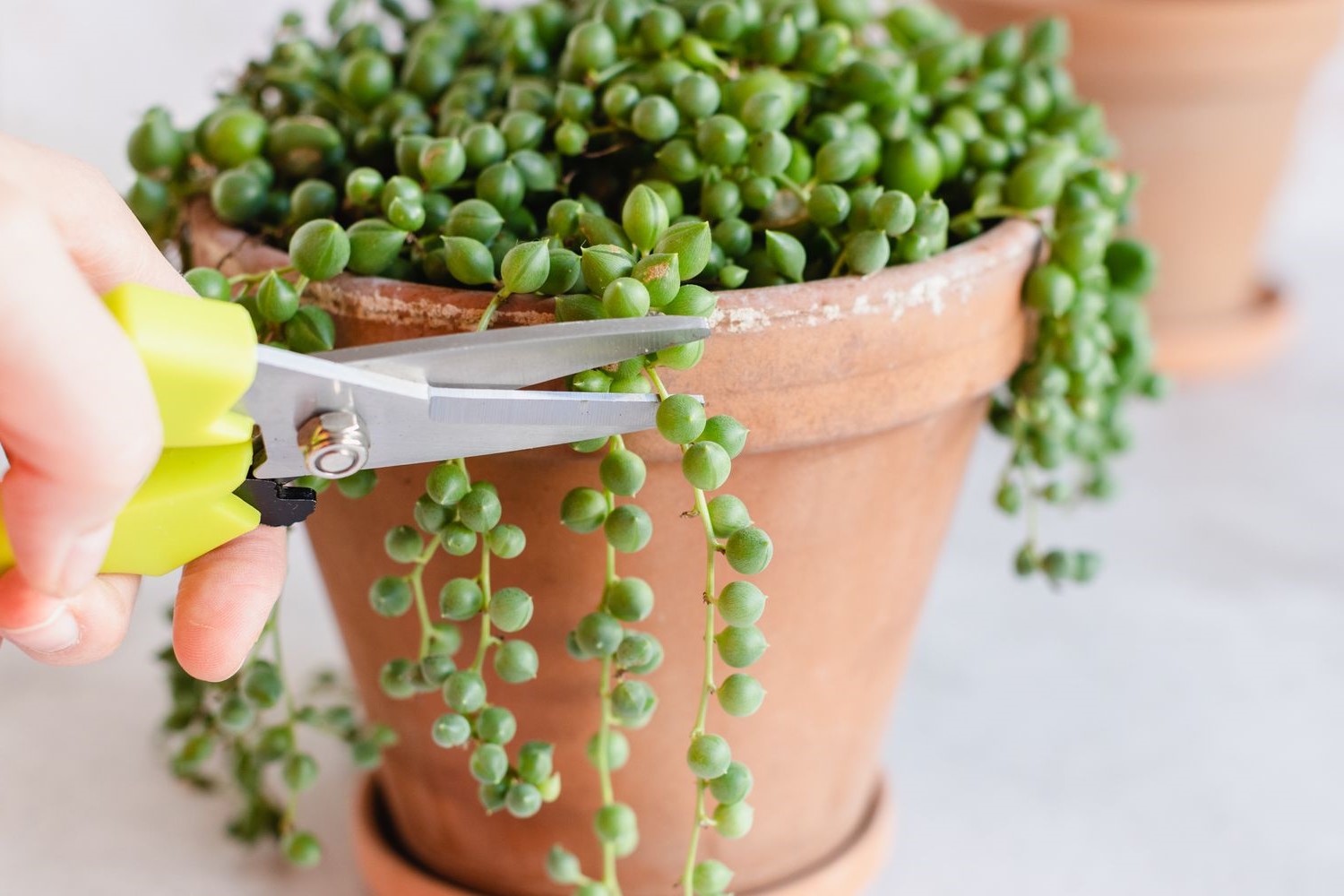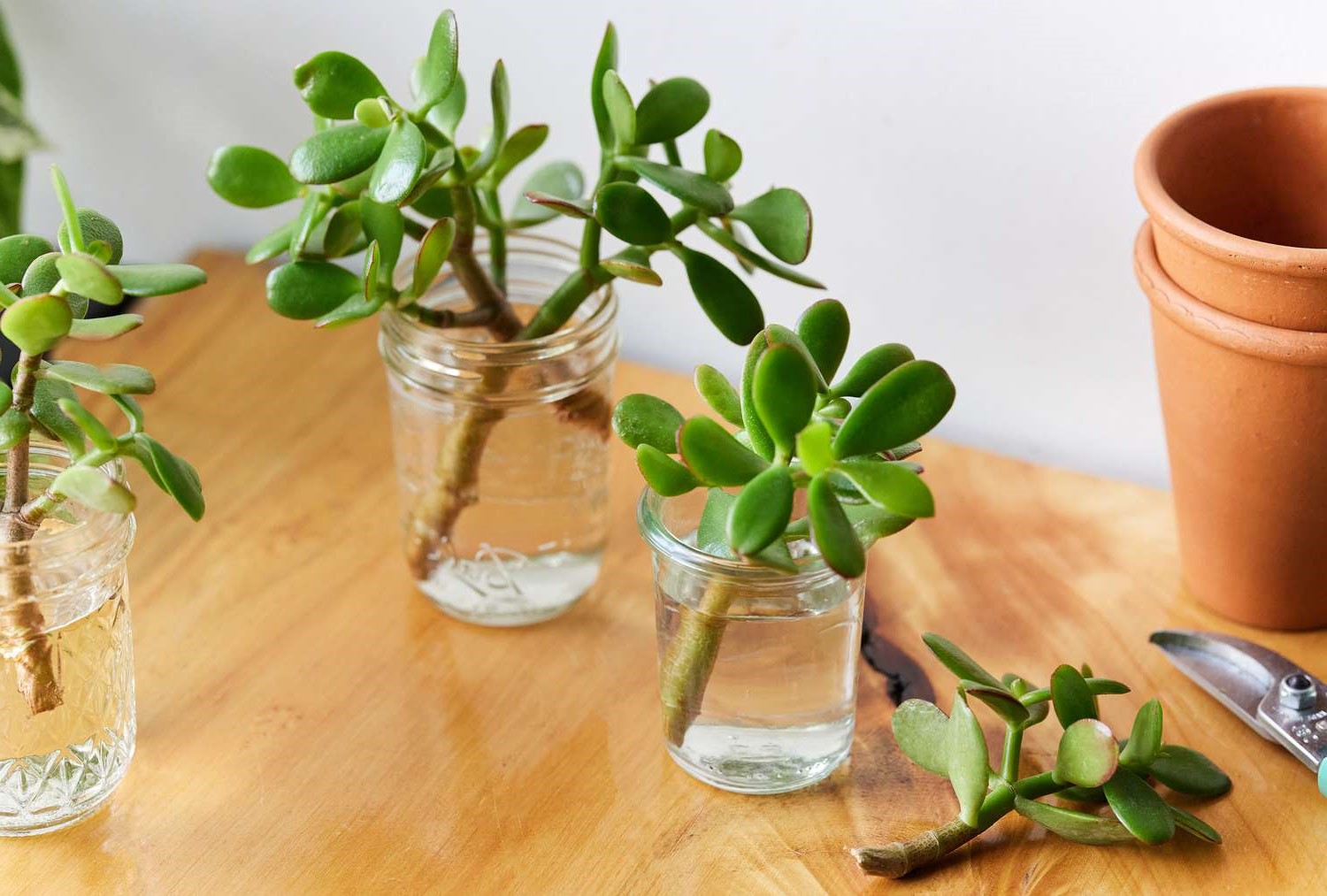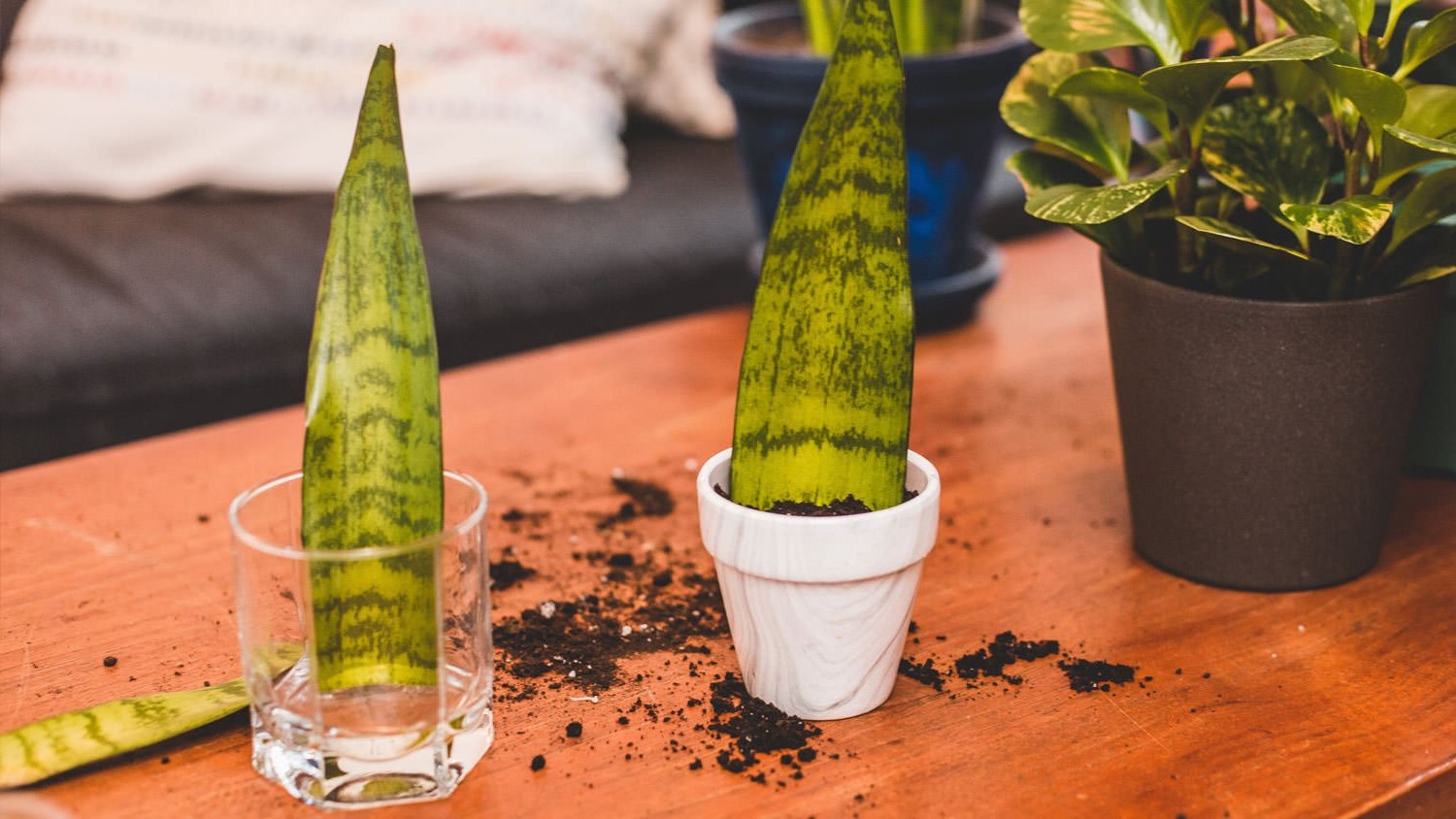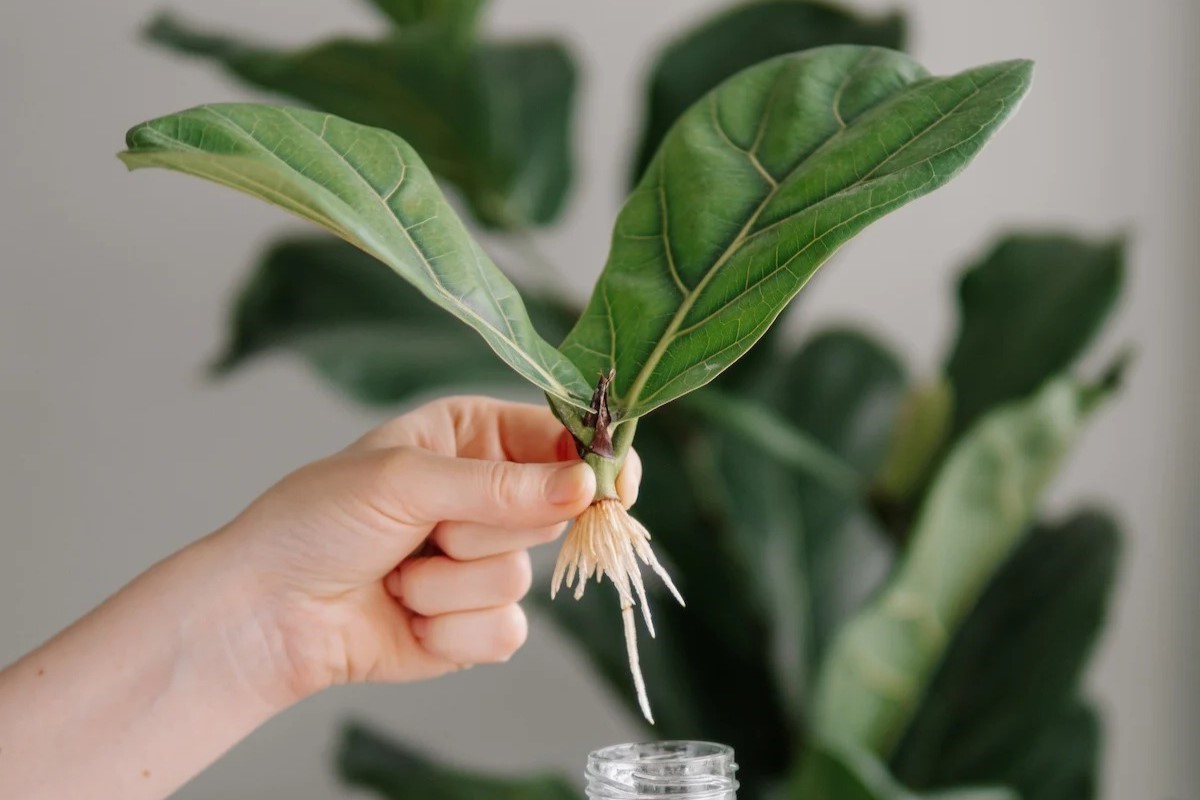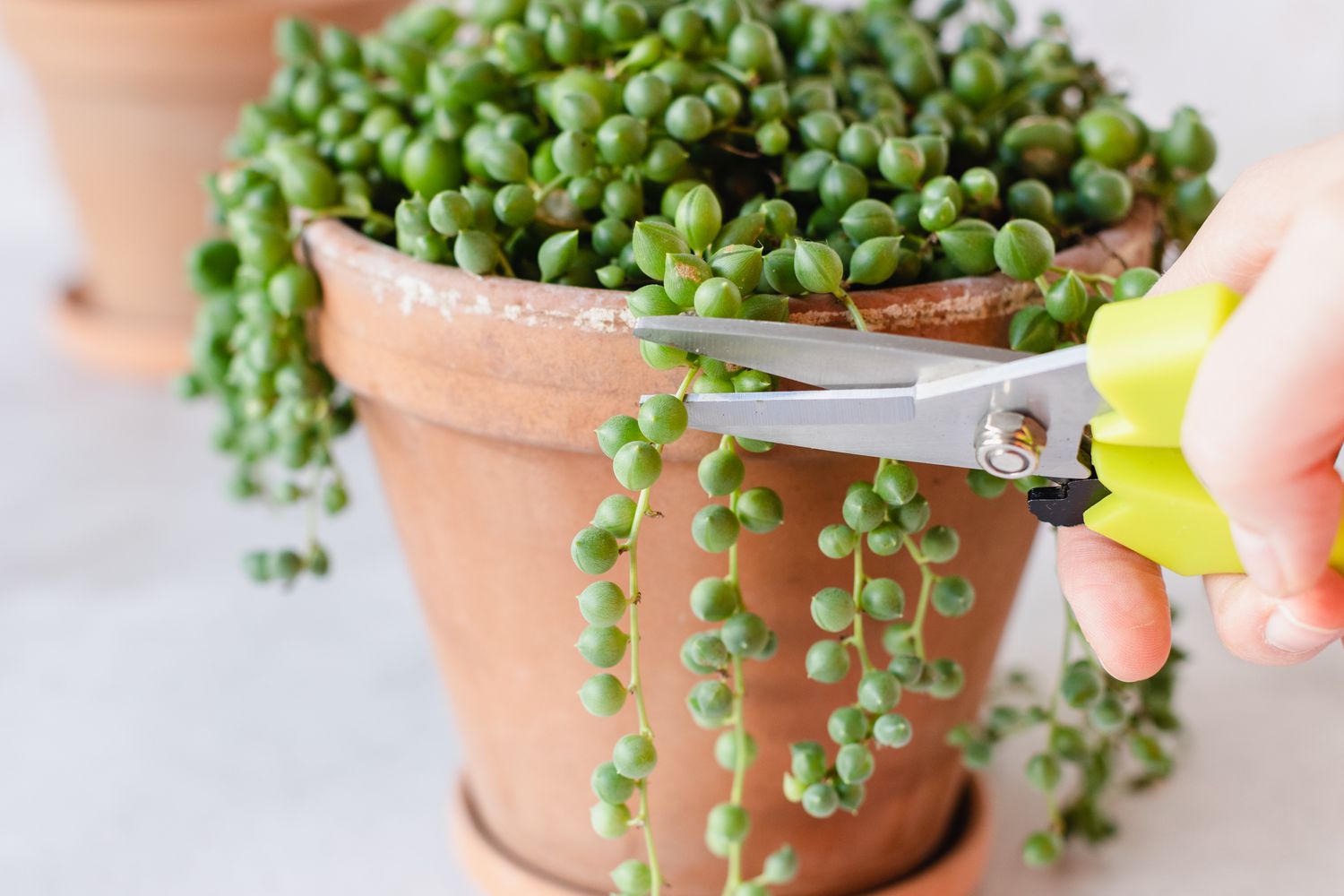Home>Home and Garden>How To Propagate Cactus
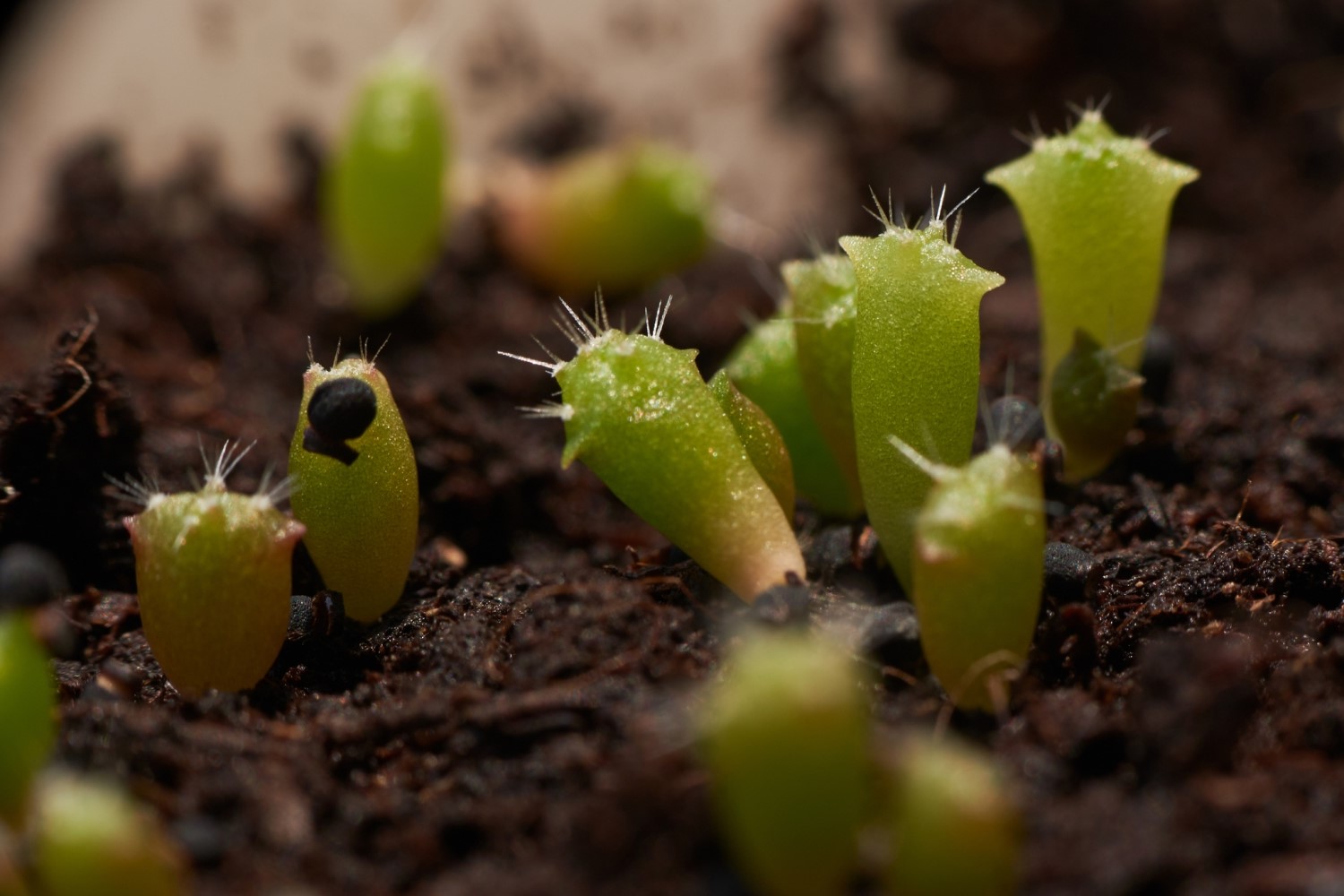

Home and Garden
How To Propagate Cactus
Published: March 2, 2024
Learn how to propagate cactus at home with our comprehensive guide. Discover the best methods for successful propagation in your home and garden.
(Many of the links in this article redirect to a specific reviewed product. Your purchase of these products through affiliate links helps to generate commission for Noodls.com, at no extra cost. Learn more)
Table of Contents
Introduction
Cacti, with their striking and often peculiar appearances, have captivated the fascination of plant enthusiasts and collectors for generations. These resilient and low-maintenance plants have found their way into homes, gardens, and even office spaces, adding a touch of desert charm to any environment. One of the most intriguing aspects of cacti is their ability to propagate and multiply, allowing enthusiasts to expand their collection and share the beauty of these unique plants with others.
Understanding the art of cactus propagation opens up a world of possibilities for plant lovers. Whether you're a seasoned gardener or a novice green thumb, learning the techniques of cactus propagation can be a rewarding and fulfilling experience. It provides an opportunity to witness the miracle of new growth and to nurture young cacti from their earliest stages.
In this comprehensive guide, we will delve into the fascinating realm of cactus propagation, exploring the various methods and techniques that enable enthusiasts to multiply their beloved cacti. From propagating cacti from seeds to nurturing offsets and cuttings, we will uncover the secrets behind each propagation method, providing valuable insights and practical tips for success.
Join us on this journey as we unravel the mysteries of cactus propagation, empowering you to embark on your own propagation adventures with confidence and enthusiasm. Whether you're looking to expand your cactus collection, share the joy of growing cacti with friends and family, or simply deepen your understanding of these remarkable plants, this guide is your gateway to the captivating world of cactus propagation.
Read more: How To Propagate Monstera
Understanding Cactus Propagation
Cactus propagation is the process of creating new cacti plants from existing ones. Understanding the fundamentals of cactus propagation is essential for anyone looking to expand their cactus collection or share the beauty of these unique plants with others. Cacti have evolved to survive in harsh, arid environments, and their propagation methods reflect their adaptability and resilience.
Cacti can reproduce through various methods, including seeds, cuttings, and offsets. Each method has its own unique requirements and characteristics, offering enthusiasts a diverse range of options for multiplying their cactus plants. Understanding the intricacies of each propagation method is crucial for successfully nurturing new cacti from their earliest stages.
Furthermore, comprehending the specific needs of different cactus species is essential for successful propagation. Some cacti may thrive in dry, desert-like conditions, while others may require more moisture and shade. Understanding the individual preferences and growth patterns of various cactus species is vital for providing the optimal environment for propagation.
Moreover, recognizing the natural growth cycles of cacti is key to successful propagation. Cacti often exhibit distinct growth patterns and reproductive behaviors, which can vary depending on the species and environmental factors. Understanding these natural rhythms enables enthusiasts to identify the most opportune moments for propagation, maximizing the chances of success.
In essence, understanding cactus propagation involves delving into the unique characteristics, growth patterns, and reproductive behaviors of cacti. By gaining insights into the diverse propagation methods and the specific needs of different cactus species, enthusiasts can embark on their propagation journey with confidence and expertise. This understanding forms the foundation for successful cactus propagation, empowering enthusiasts to nurture new growth and expand their cactus collection with passion and proficiency.
Propagation Methods
Cactus propagation offers a fascinating array of methods, each with its own unique characteristics and requirements. Whether you're a seasoned cactus enthusiast or a novice gardener, exploring the diverse propagation methods opens up a world of possibilities for multiplying these remarkable plants. Let's delve into the three primary propagation methods: propagating from seeds, propagating from cuttings, and propagating from offsets.
Propagating from Seeds
Propagating cacti from seeds is a captivating and rewarding method that allows enthusiasts to witness the entire lifecycle of these resilient plants. It begins with selecting high-quality cactus seeds, which can be obtained from reputable nurseries or harvested from mature cacti. The key to successful seed propagation lies in providing the optimal growing conditions, including well-draining soil, ample sunlight, and consistent moisture.
Once the seeds are sown in the prepared soil, patience becomes a virtue, as cactus seeds may take several weeks to germinate. During this period, maintaining a warm and humid environment is crucial for encouraging germination. As the seedlings emerge, they require gentle care and protection from direct sunlight to prevent scorching.
As the seedlings mature, they can be transplanted into individual pots, allowing them to develop strong root systems. It's important to gradually acclimate the young cacti to direct sunlight, ensuring they receive the appropriate light exposure without being overwhelmed. With attentive care and patience, cacti propagated from seeds can flourish, offering a sense of fulfillment and accomplishment to the dedicated enthusiast.
Propagating from Cuttings
Propagating cacti from cuttings, also known as vegetative propagation, is a popular and efficient method for multiplying cacti. This method involves carefully removing a segment of a mature cactus and allowing it to develop roots, ultimately giving rise to a new plant. When selecting a cutting, it's essential to choose a healthy and disease-free segment, ideally with a clean, straight cut to promote successful root development.
After obtaining the cutting, it should be left to callus for a few days, allowing the cut surface to dry and form a protective layer. Once callused, the cutting can be planted in well-draining soil, where it will gradually develop roots and establish itself. Providing the right balance of moisture and light is crucial during this stage, as it supports the cutting's transition to independent growth.
With proper care and attention, the cutting will begin to root and eventually grow into a mature cactus, showcasing the remarkable resilience and adaptability of these plants. Propagating cacti from cuttings offers enthusiasts a direct and hands-on approach to expanding their cactus collection, fostering a deeper connection with these extraordinary plants.
Read more: How To Propagate Hydrangeas
Propagating from Offsets
Propagating cacti from offsets, also known as pups or offshoots, is a natural and straightforward method that leverages the cactus's inherent ability to produce new growth. Many cactus species develop offsets around the base of the main plant, providing an opportunity for enthusiasts to propagate new cacti with ease. When propagating from offsets, it's essential to select healthy and well-developed pups, ensuring they have the best chance of thriving independently.
Once the offsets are carefully removed from the parent plant, they can be planted in suitable soil, where they will gradually establish themselves and develop into mature cacti. Providing the right balance of moisture and light is crucial during the initial stages, as it supports the offsets' transition to independent growth and encourages robust root development.
Propagating cacti from offsets offers a natural and sustainable approach to expanding a cactus collection, allowing enthusiasts to witness the continuity of growth and the interconnectedness of these remarkable plants. This method exemplifies the resilience and adaptability of cacti, showcasing their innate ability to propagate and thrive in diverse environments.
In summary, cactus propagation encompasses a diverse range of methods, each offering unique insights and experiences for enthusiasts. Whether propagating from seeds, cuttings, or offsets, the journey of nurturing new cacti is filled with wonder and fulfillment, providing a deeper appreciation for these extraordinary plants. As we continue to explore the art of cactus propagation, let's embrace the diversity of methods and celebrate the remarkable journey of multiplying and nurturing these resilient and captivating plants.
Propagating from Seeds
Propagating cacti from seeds is a captivating and rewarding method that allows enthusiasts to witness the entire lifecycle of these resilient plants. It begins with selecting high-quality cactus seeds, which can be obtained from reputable nurseries or harvested from mature cacti. The key to successful seed propagation lies in providing the optimal growing conditions, including well-draining soil, ample sunlight, and consistent moisture.
Once the seeds are sown in the prepared soil, patience becomes a virtue, as cactus seeds may take several weeks to germinate. During this period, maintaining a warm and humid environment is crucial for encouraging germination. As the seedlings emerge, they require gentle care and protection from direct sunlight to prevent scorching.
As the seedlings mature, they can be transplanted into individual pots, allowing them to develop strong root systems. It's important to gradually acclimate the young cacti to direct sunlight, ensuring they receive the appropriate light exposure without being overwhelmed. With attentive care and patience, cacti propagated from seeds can flourish, offering a sense of fulfillment and accomplishment to the dedicated enthusiast.
Propagating cacti from seeds provides a profound insight into the miraculous journey of plant growth, from the emergence of delicate seedlings to the development of resilient and unique cacti. This method allows enthusiasts to witness the intricate stages of germination, growth, and maturation, fostering a deep appreciation for the resilience and adaptability of cacti.
Moreover, propagating cacti from seeds offers a sense of connection to the natural world, as enthusiasts become stewards of new life, nurturing and guiding the growth of young cacti. It provides an opportunity to observe the subtle nuances of each seedling's development, from the emergence of tiny cotyledons to the formation of distinct cactus characteristics.
In essence, propagating cacti from seeds is a journey of patience, wonder, and discovery. It invites enthusiasts to embrace the marvels of nature and the captivating process of new life taking root and flourishing. As we embark on the enchanting path of seed propagation, we are reminded of the profound beauty and resilience inherent in these extraordinary plants.
Propagating from Cuttings
Propagating cacti from cuttings, also known as vegetative propagation, is a popular and efficient method for multiplying cacti. This method involves carefully removing a segment of a mature cactus and allowing it to develop roots, ultimately giving rise to a new plant. When selecting a cutting, it's essential to choose a healthy and disease-free segment, ideally with a clean, straight cut to promote successful root development.
After obtaining the cutting, it should be left to callus for a few days, allowing the cut surface to dry and form a protective layer. Once callused, the cutting can be planted in well-draining soil, where it will gradually develop roots and establish itself. Providing the right balance of moisture and light is crucial during this stage, as it supports the cutting's transition to independent growth.
The process of propagating cacti from cuttings offers enthusiasts a direct and hands-on approach to expanding their cactus collection, fostering a deeper connection with these extraordinary plants. It provides a unique opportunity to witness the remarkable resilience and adaptability of cacti, as the cuttings transform into independent, thriving plants.
Moreover, propagating cacti from cuttings allows enthusiasts to preserve and propagate specific cactus varieties, ensuring the continuity of unique traits and characteristics. This method enables individuals to create new plants that are genetically identical to the parent cactus, preserving the distinct features and qualities that make each cactus species or cultivar special.
Furthermore, the process of nurturing cuttings into mature cacti fosters a profound sense of accomplishment and connection to the natural world. Enthusiasts become stewards of new life, guiding the growth and development of the cuttings as they transform into resilient and distinctive cacti. This hands-on approach to propagation deepens the appreciation for the intricate growth processes of cacti, from the formation of roots to the emergence of new growth.
In essence, propagating cacti from cuttings is a testament to the remarkable adaptability and vitality of these extraordinary plants. It offers a tangible and rewarding experience, allowing enthusiasts to actively participate in the propagation and preservation of cactus diversity. As we embrace the art of propagating cacti from cuttings, we celebrate the continuity of life and the enduring beauty of these resilient and captivating plants.
Propagating from Offsets
Propagating cacti from offsets, also known as pups or offshoots, is a natural and straightforward method that leverages the cactus's inherent ability to produce new growth. Many cactus species develop offsets around the base of the main plant, providing an opportunity for enthusiasts to propagate new cacti with ease. When propagating from offsets, it's essential to select healthy and well-developed pups, ensuring they have the best chance of thriving independently.
Once the offsets are carefully removed from the parent plant, they can be planted in suitable soil, where they will gradually establish themselves and develop into mature cacti. Providing the right balance of moisture and light is crucial during the initial stages, as it supports the offsets' transition to independent growth and encourages robust root development.
Propagating cacti from offsets offers a natural and sustainable approach to expanding a cactus collection, allowing enthusiasts to witness the continuity of growth and the interconnectedness of these remarkable plants. This method exemplifies the resilience and adaptability of cacti, showcasing their innate ability to propagate and thrive in diverse environments.
Moreover, propagating cacti from offsets provides a sense of connection to the natural world, as enthusiasts become stewards of new life, nurturing and guiding the growth of young cacti. It offers an opportunity to observe the subtle nuances of each offset's development, from the initial emergence of roots to the gradual unfurling of new stems and spines.
Furthermore, propagating cacti from offsets contributes to the preservation of cactus diversity, allowing enthusiasts to propagate specific species or cultivars with distinct characteristics. This method ensures the perpetuation of unique traits and qualities, preserving the genetic heritage of individual cactus plants and contributing to the rich tapestry of cactus biodiversity.
In essence, propagating cacti from offsets is a testament to the remarkable resilience and adaptability of these extraordinary plants. It offers a natural and rewarding experience, allowing enthusiasts to actively participate in the propagation and preservation of cactus diversity. As we embrace the art of propagating cacti from offsets, we celebrate the continuity of life and the enduring beauty of these resilient and captivating plants.
Read more: How To Propagate Rubber Plant
Caring for Newly Propagated Cactus
Caring for newly propagated cacti is a crucial phase that requires attention to detail and a nurturing approach to ensure the successful establishment and growth of the young plants. Whether propagated from seeds, cuttings, or offsets, newly propagated cacti require specific care to support their transition to independent growth and development.
Light and Temperature
Providing the right amount of light is essential for newly propagated cacti. While cacti are known for their love of sunlight, young plants should be gradually acclimated to direct sunlight to prevent sunburn. Placing them in a location with bright, indirect light initially and gradually increasing their exposure to sunlight helps them develop the capacity to thrive in full sun. Additionally, maintaining an optimal temperature range, typically between 70-100°F (21-38°C), supports healthy growth and prevents stress on the young plants.
Watering and Soil
Newly propagated cacti benefit from a well-draining soil mix to prevent waterlogging, which can lead to root rot. It's essential to allow the soil to dry out between waterings, as overwatering can be detrimental to young cacti. A gentle watering approach, ensuring that excess water drains freely from the pots, helps establish healthy root systems. During the initial stages, it's advisable to err on the side of underwatering rather than overwatering, as cacti are adapted to survive in arid conditions.
Protection from Pests and Diseases
Young cacti are susceptible to pests such as spider mites and mealybugs, which can hinder their growth and vitality. Regular inspection of the plants for any signs of infestation and prompt treatment with natural pest control methods or horticultural oils is essential to safeguard their health. Additionally, maintaining a clean and well-ventilated environment helps prevent the onset of fungal diseases and ensures the overall well-being of the newly propagated cacti.
Read more: How To Propagate Aloe
Gradual Transition to Regular Care
As the newly propagated cacti acclimate to their environment and exhibit signs of healthy growth, they can be gradually transitioned to a regular care routine suitable for mature cacti. This includes adjusting their watering schedule, providing occasional fertilization during the growing season, and ensuring they receive adequate airflow to promote robust growth. Monitoring their progress and responding to their evolving needs is integral to fostering their long-term health and resilience.
In essence, caring for newly propagated cacti involves a delicate balance of providing the right environmental conditions, protecting them from potential threats, and gradually transitioning them to standard care practices. By offering attentive and informed care during this critical phase, enthusiasts can set the stage for the young cacti to thrive and flourish, ultimately contributing to the enduring beauty and diversity of these remarkable plants.
Conclusion
In conclusion, the art of cactus propagation unveils a world of wonder and fulfillment for plant enthusiasts, offering a diverse array of methods to multiply and nurture these remarkable plants. From propagating cacti from seeds, cuttings, and offsets to caring for newly propagated young plants, the journey of cactus propagation is a testament to the resilience, adaptability, and enduring beauty of these extraordinary desert dwellers.
The process of cactus propagation transcends mere horticultural practices, providing a profound connection to the natural world and a deeper appreciation for the intricate growth processes of cacti. Propagating cacti from seeds allows enthusiasts to witness the miraculous journey of new life taking root and flourishing, fostering a sense of wonder and connection to the resilience inherent in these plants. Moreover, the hands-on approach of propagating cacti from cuttings offers a tangible and rewarding experience, allowing individuals to actively participate in the preservation of cactus diversity and the continuity of unique traits and characteristics.
Furthermore, propagating cacti from offsets exemplifies the interconnectedness of these remarkable plants, showcasing their innate ability to propagate and thrive in diverse environments. This method provides a natural and sustainable approach to expanding a cactus collection, allowing enthusiasts to witness the continuity of growth and the enduring beauty of these resilient plants.
Caring for newly propagated cacti is a critical phase that requires attention to detail and a nurturing approach to ensure the successful establishment and growth of the young plants. By providing the right environmental conditions, protecting them from potential threats, and gradually transitioning them to standard care practices, enthusiasts set the stage for the young cacti to thrive and contribute to the enduring beauty and diversity of these remarkable plants.
In essence, the journey of cactus propagation is a celebration of life, resilience, and the enduring beauty of these extraordinary plants. It invites enthusiasts to embrace the marvels of nature and the captivating process of new life taking root and flourishing. As we continue to explore the art of cactus propagation, we are reminded of the profound beauty and resilience inherent in these extraordinary plants, fostering a deep appreciation for their enduring allure and captivating presence.
